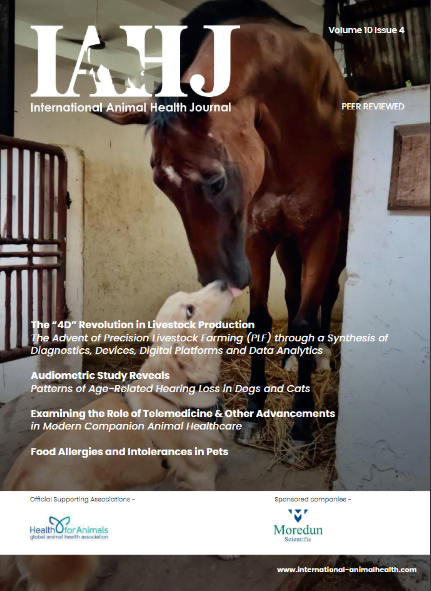
“Temporal regularity increases with repertoire complexity in the Australian pied butcherbird’s song” was published online in Royal Society Open Science, a peer-reviewed open-access scientific journal launched in 2014. Founded in England in the 17th century as the Royal Society of London for Improving Natural Knowledge, the Royal Society continues to be one of the most prestigious organizations promoting the discovery of new knowledge across the full spectrum of science.
A Very Musical Species
The pied butcherbird, a very musical species, provided a wealth of intriguing data for analysis by co-author Eathan Janney, a Ph.D. candidate in the Department of Psychology at CUNY’s Hunter College. Janney based his analysis upon years of data collected and also analyzed by violinist and biomusicologist Hollis Taylor of Macquarie University, who has previously published extremely detailed analyses of butcherbird songs. “Since pied butcherbird songs share so many commonalities with human music,” Taylor writes, “this species could possibly revolutionize the way we think about the core values of music.”
In the past, claims that musical principles are integral to birdsong were largely met with skepticism and dismissed as wishful thinking. However, the extensive statistical and objective analysis of the new paper demonstrates that the more complex a bird’s repertoire, the better he or she is at singing in time, rhythmically interacting with other birds much more skillfully than those who know fewer songs. The accompanying video includes a sample of a butcherbird’s solo song, as well as the song of another butcherbird and an Australian magpie.

Co-author Ofer Tchernichovski, professor in the Hunter College Department of Psychology, finds that the butcherbirds “balance their performance to keep it in a sweet spot between boredom and confusion.” Constance Scharff, a co-author who directs the animal behavior laboratory at the Freie Universität Berlin, says “pied butcherbirds, not unlike jazz musicians, play around with their tunes, balancing repetition and variation.” This finding suggests that such musical virtuosity may signify more than just the evolution of a way for birds to establish territorial dominance and facilitate mating. It may also provide evidence that musical ability in birds was a precursor to the evolution of the many dimensions of musical ability in humans.
Inclusive Multidisciplinary Research
The paper is the product of inclusive multidisciplinary research. It integrates input from biologists, neuroscientists, musicians and engineers, including co-author Lucas C. Parra, a member of CUNY’s Department of Biomedical Engineering.
Rothenberg, who provided his unique perspective, says, “Science and music may have different criteria for truth, but sometimes their insights need to be put together to make sense of the beautiful performances we find in nature.”
The recipient of the NJIT Overseers Excellence in Research Award for 2010, Rothenberg has written extensively about the bond between humans and our surrounding natural world, a world we share with myriad other creatures. An earlier paper that he co-authored, “Investigation of Musicality in Birdsong,” published in Hearing Research touched upon aspects of the same topic explored in the recent Royal Society publication. Rothenberg’s book Why Birds Sing is an in-depth look at the subject that challenges neuroscientists to seriously consider music as a tool to help understand birdsong.
As a musician—he plays the clarinet and saxophone—Rothenberg has added the dimension of music to research connecting the living sounds of the natural world to traditions of global rhythmic innovation and improvisation. His book Thousand Mile Song is about making music with whales, and Bug Music, How Insects Gave Us Rhythm and Noise offers the provocative premise that listening to cicadas, as well as other humming, clicking and thrumming insects, fostered an innate sense of musical rhythm and synchronization over the long history of human evolution.
Source: http://phys.org/news/2016-10-birds-human-musicians.html#jCp












